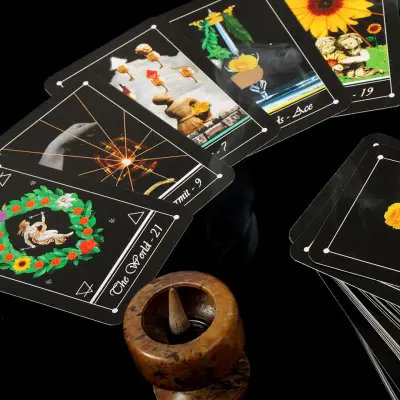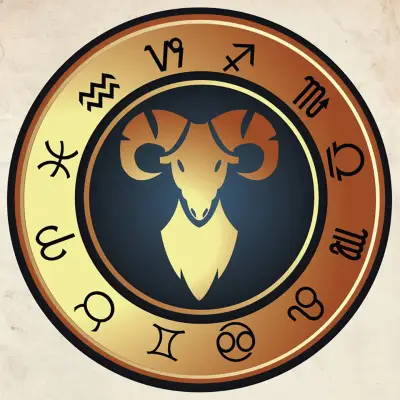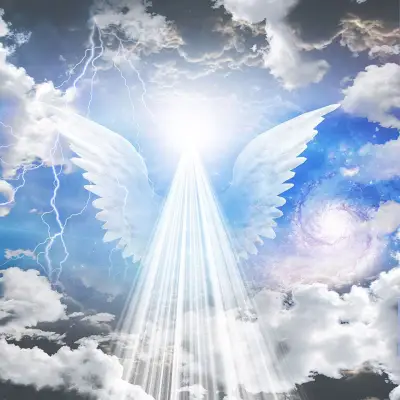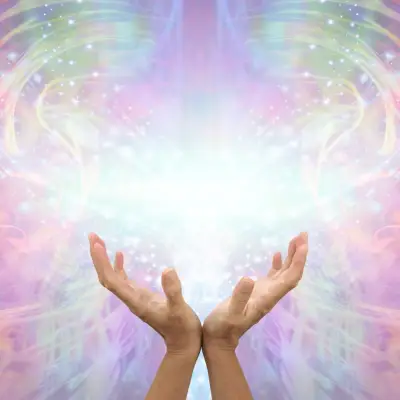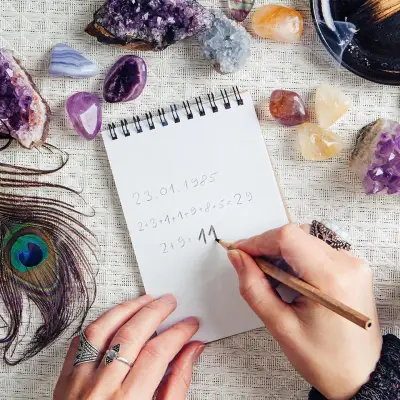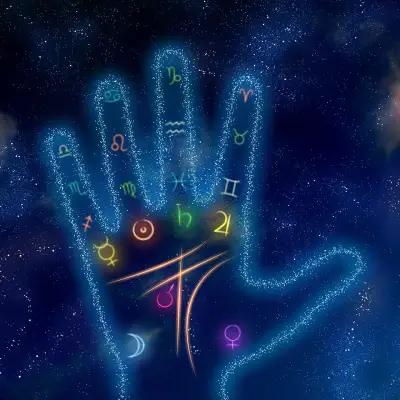Step into the mystical world of Celtic Witchcraft, where ancient traditions meet modern spirituality! In this article, we’re going to explore the rich tapestry of Celtic Witchcraft and unveil its deep-rooted traditions and powerful deities.
Jump to:
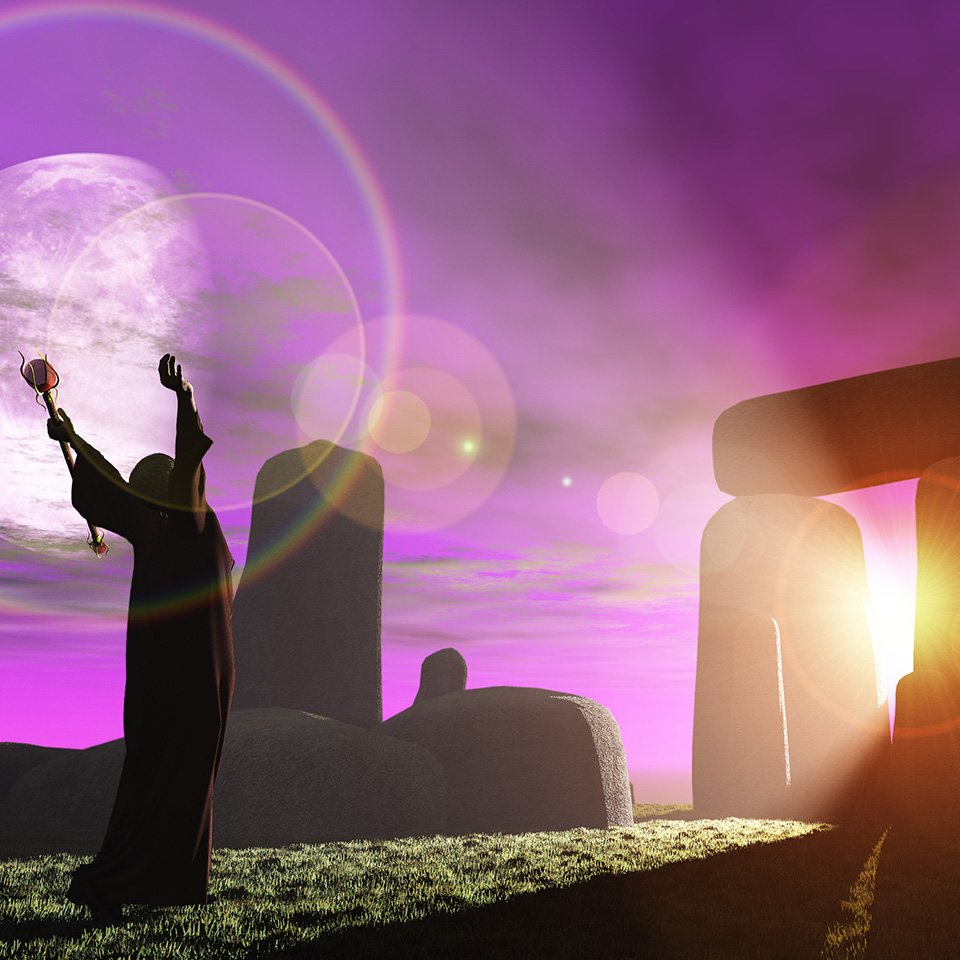
Celtic Witchcraft Traditions
The Celts viewed the Earth as a living entity with its own rhythms and energies. Each season was seen as a manifestation of the divine, and these shifts were marked by festivals and rituals that celebrated the changing face of the land.
Imbolc, Beltane, Lughnasadh, and Samhain are the four major Celtic festivals that align with the solstices and equinoxes. Not only did these festivals mark the agricultural cycle, but they also provided opportunities to engage with the spiritual forces that governed life. For example, Imbolc represented the awakening of the land after winter and was associated with the goddess Brigid, while Samhain marked the thinning of the veil between the physical and spirit realms and was the inspiration for modern-day Halloween celebrations.
Celtic Witchcraft also places emphasis on ancestral reverence and acknowledgement of the connection between the living and the dead. Ancestors were considered to be sources of guidance, wisdom and protection, and their spirits were believed to linger in the land as a bridge between this world and the next.
Symbolism and Sacred Animals
Various animals and motifs hold special significance in Celtic spirituality and witchcraft. Animals like the stag, owl, and raven were seen as messengers between realms, embodying wisdom and transformation, and they often found their way into rituals and spells as guides and protectors.
Celtic knotwork is another iconic aspect of Celtic symbolism. These knots showcase how everything in life is interconnected; they form a visualisation of the complex web of energies that shape the universe.
Recommended for you!
Best SellersCeltic Witchcraft History
Celtic witchcraft is based on the pagan beliefs of the Celtic tribes in Ireland, Scotland, Wales and other parts of pre-Christian Europe. These ancient Celts were deeply connected to the natural world. They prayed to many gods and believed that things like the wind, trees, and mountains had divine spirits.
Their rituals and practices were intertwined with the land, the changing seasons, and the spirits that resided within them. Druids, the learned class of the Celts, played a significant role as intermediaries between the physical and spiritual realms. Their knowledge of herbalism, divination, and the mysteries of the universe laid the groundwork for much of what we now recognise as Celtic Witchcraft.
Druids
Druids were revered as the keepers of knowledge and the spiritual guides of their communities. Their role encompassed not only religious and mystical practices but also legal matters, education, and healing. Druidic wisdom was passed down through oral traditions with a level of secrecy that was designed to maintain their esteemed position within society. The connection between Druidry and what we now call “witchcraft” can be found in their mutual focus on the mysterious energies of the universe, their knowledge of herbal healing, and their skill in connecting with spiritual entities.
With the emergence of Christianity and the decline of Celtic paganism, many of the magical practices of the Celts were then absorbed into folklore and mythology.
Spells and Magic in Celtic Witchcraft
Magic in Celtic Witchcraft isn’t the same type of magic that we associate with casting spells and conjuring illusions; it’s actually about working in harmony with the natural world and the unseen forces. This magic often involves rituals, chants, and symbolism that align with the rhythms of the earth and the cycles of the seasons.
Central to this is the belief in the interconnectedness of all things. Practitioners understand that everything has a spirit or energy, and by tapping into these energies, they can invoke healing and transformation.
Herbalism in Celtic Spellwork
The Celts had an intimate knowledge of the healing properties of plants and believed that specific herbs could be used to enhance the power of spells and rituals. Different herbs were associated with various purposes, such as protection, love, or divination.
Celtic witches would often gather herbs during specific lunar phases or on particular days of the week to maximise their magical potency. They sometimes created herbal sachets, brewed teas, or used herbs as offerings to the spirits.
Rituals for Seasonal Celebrations
Rituals for seasonal celebrations and personal milestones are deeply meaningful elements of Celtic witchcraft. On solar festivals like the equinoxes and solstices, witches carry out rituals honouring the shifting balance of light and dark. These connect them to the land's cycles of fertility, harvest, rest and rebirth. Sacred days like Beltane, Imbolc, Lughnasadh and Samhain hold profound significance. Coven rituals on these auspicious dates centre around themes of growth, balance and acknowledging the veil between worlds.
Additionally, Celtic Witchcraft offers rituals for life transitions, such as births, weddings, and funerals. These ceremonies are conducted with a deep understanding of the interconnectedness of life and death, serving as moments of reflection and connection to the divine.
Protection Charms and Spells
Protection is a fundamental aspect of Celtic Witchcraft. Celtic witches would craft amulets, talismans, and charms to ward off negative energies and offer safety to their homes and loved ones. Symbols like the Celtic knot, the triquetra, and certain runes were usually incorporated into these protective spells.
One famous protection symbol is the Brigid's Cross. It’s traditionally woven from straw or rushes on Imbolc and is believed to safeguard homes from harm and negativity.
Celtic witches would also perform rituals and invocations to call upon the aid of guardian spirits or deities during times of need.
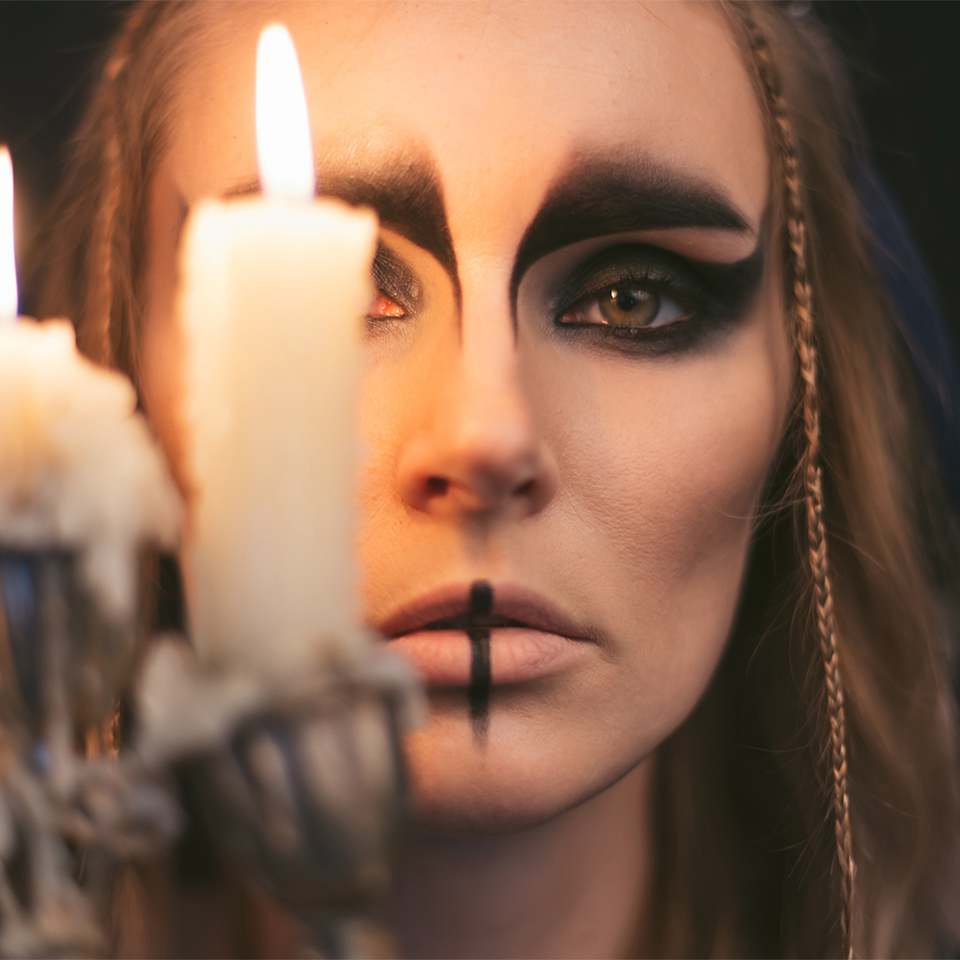
Celtic Goddesses of Witchcraft
In Celtic Witchcraft, the divine is often personified through a number of goddesses, each representing unique facets of the human experience and the natural world. These goddesses are not distant figures but rather are powerful and relatable beings who embody both the beauty and challenges of life.
The Morrigan: Goddess of Transformation and Magic
The Morrigan is often depicted as a triple goddess, embodying the forces of transformation, magic and sovereignty. She’s associated with both life and death. The Morrigan can be a fierce protector and guide warriors in battle, but she is equally a harbinger of change and rebirth.
To connect with The Morrigan in your practice, it’s recommended to explore shadow work and transformation rituals. You can seek her guidance during times of significant change or when you need to draw on your inner strength.
Brigid: Goddess of Healing, Creativity, and Smithcraft
Brigid is a multifaceted goddess who’s known for her association with healing, creativity, poetry, and smithcraft. She is celebrated as both a fire and water goddess, representing the transformative power of these elements.
To honour Brigid in your practice, you’ll want to engage in creative activities as a tribute to her, such as writing, art or playing music. You can also create a Brigid's Cross to hang in your home for protection and blessings. Her festival, Imbolc, is a great time to seek her inspiration and healing energy.
Cerridwen: Goddess of Knowledge, Inspiration, and Transformation
Cerridwen is a Welsh goddess who’s known for her knowledge and the transformative power of her cauldron. She is often associated with poetic and creative inspiration and the quest for wisdom.
To connect with Cerridwen, embrace the pursuit of knowledge and inspiration in your life. Consider keeping a journal of your thoughts and ideas and seek her guidance when undertaking particular intellectual or creative endeavours.
Ways to Connect with and Honor These Goddesses in Your Practice
Connecting with Celtic goddesses in your practice can be rewarding and spiritually enriching. Here are some of the ways that you can honour these powerful beings:
- Altar Dedication
Create an altar or sacred space that’s dedicated to the goddess of your choice. Decorate it with symbols, colours, and offerings associated with her.
- Offerings and Rituals
Conduct rituals and offerings during significant celestial events, such as lunar phases or seasonal celebrations.
Meditate and visualise the goddess, inviting her presence and guidance in your spiritual work.
- Study and Research
Expand your knowledge and read into the many myths and stories surrounding these goddesses. As you deepen your understanding of their symbolism, you will feel more connected to them.
- Invocation
Call upon the goddesses in times of need or when you wish to embody their qualities in your life.
If you're compelled to explore Celtic Witchcraft further, our accredited Celtic Witchcraft Diploma Course offers the perfect next step. Enrol today for just £29 (save £98!) to dive deeper into Celtic magical traditions and spell crafting. Or you can broaden your knowledge with our Celtic Mythology Diploma Course, unveiling the heroes, creatures and captivating myths that fuel this enchanting craft!

